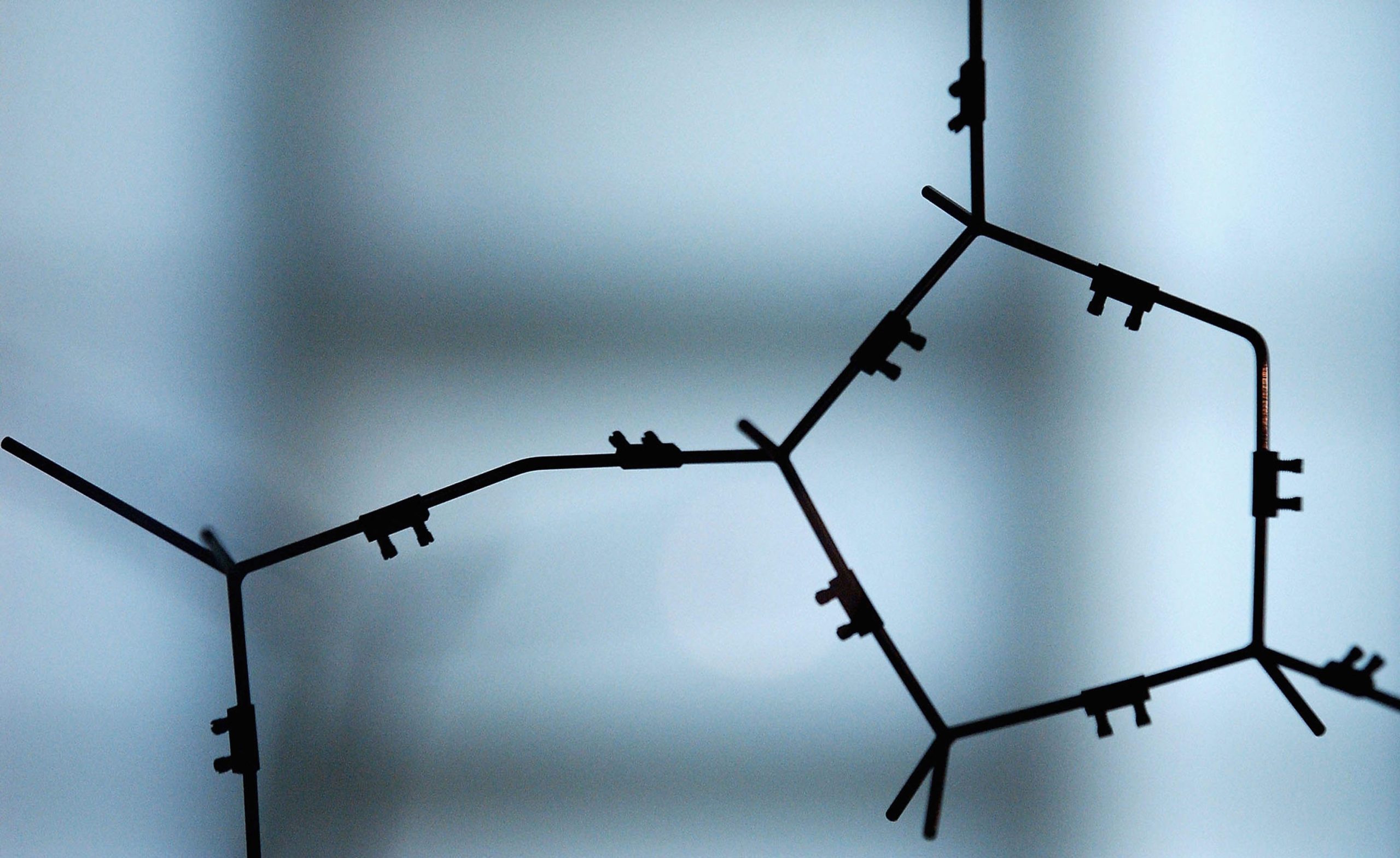
Sensational news: scientists have detected the nonce gene. Well, not the nonce gene as such, but a team of researchers writing in the International Journal of Epidemiology have made themselves fairly sure that such a thing exists. By studying the family relationships of those found guilty of sexual offences in Sweden between 1973 and 2006, the group concluded that a man whose father or brother was convicted of a sexual offence against an adult or a child was himself four to five times more likely than a man with no such relatives to receive such a conviction himself. And wouldn’t it be a relief if there was a nonce gene? If we could isolate them – the bad ones, the ones who can’t be trusted, the ones who don’t know any better – and separate them from the rest of the population?
There is a general allergy to thinking of sexual offenders as people like us. Actually, there is a general allergy to thinking of sexual offenders as people at all. That, presumably, is why, in the Brass Eye episode on paedophilia, DJ Neil Fox was willing to read out something as startlingly nonsensical as this: “Paedophiles have more genes in common with crabs than they do with you and me. Now that’s a scientific fact. There’s no real evidence for it, but it is scientific fact.” (Fox himself was arrested in March on allegations of historic sex offences.) But sexual violence is a regular kind of monstrosity. Around one in five women in England and Wales has been the victim of a sexual offence. Figures obtained by the NSPCC show that 22,654 sexual offences against children were recorded in the year 2012-3, probably representing only a small proportion of the whole. If the perpetrators of these crimes are monsters, they are a regular kind of monster.



